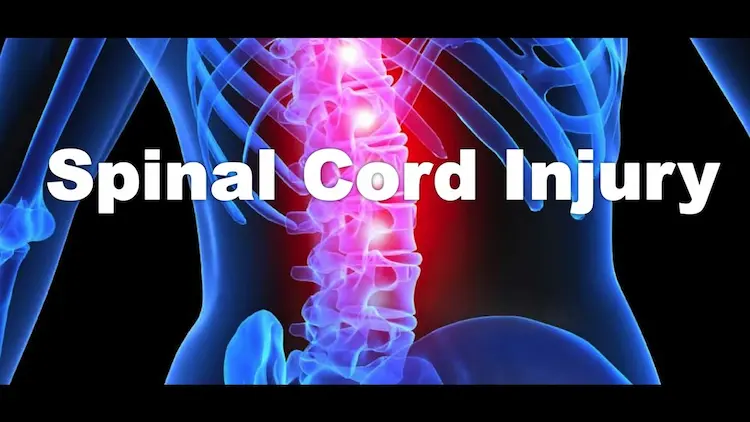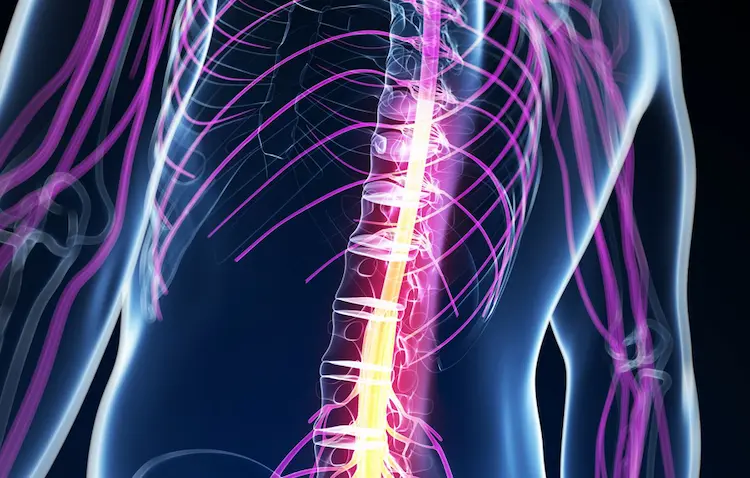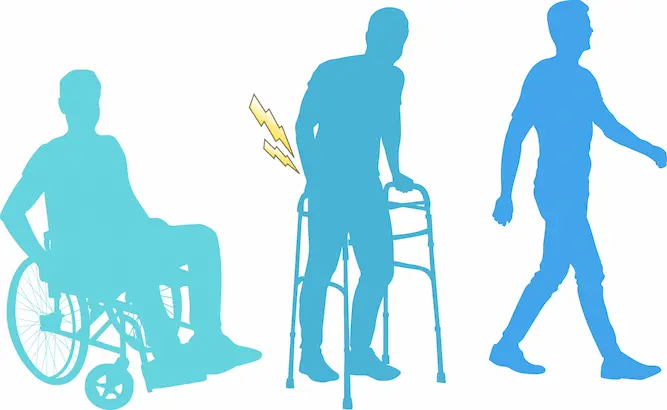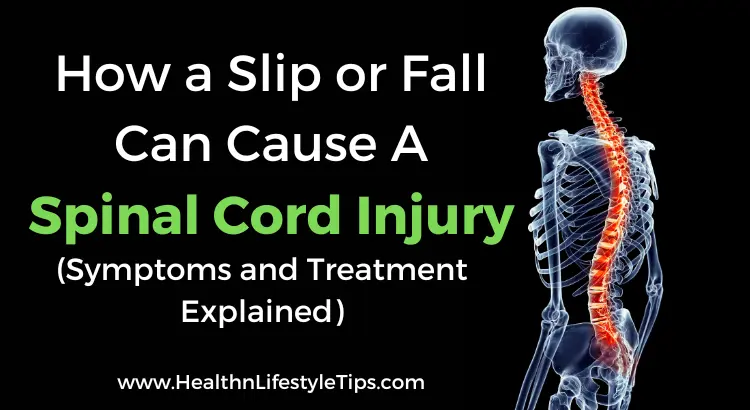Falling is an everyday occurrence, but it can have serious consequences. A fall can cause a spinal cord injury that can be life-altering.
If you have been injured due to someone else’s negligence, you can file a lawsuit to seek compensation for damages. It is important to hire a personal injury attorney to help you in this process.
They understand the complex legal issues involved and will provide you with the best advice and representation to ensure you get the justice you deserve. A personal injury attorney will also be able to negotiate a settlement or represent you in court if needed.
What is Spinal Cord Injury (SCI)?
A spinal cord injury (SCI) is a type of trauma that affects the nervous system, resulting in loss of movement or sensation below the site of injury. It can occur due to a sudden and severe blow to the spine, such as a slip or fall.

When this happens, it causes damage to the vertebrae, ligaments, discs, or nerve roots around the spine. In some cases, SCI can even affect multiple parts of the body at once.
The severity of an SCI depends on where it occurs along the spine and how much damage has been done to the nerves and other structures. The most common cause of spinal cord injuries is motor vehicle accidents.
However, falls account for about 25 percent of these injuries. They can happen when people slip and fall from a high place or suffer a traumatic blow during contact sports or other physical activities.
The long-term effects depend on how serious the injury was and which parts of the body were affected by it. In some cases, people may experience paralysis in certain areas, while others may have only minor problems with sensation or mobility. Treatment options include physical therapy, rehabilitation programs, and medications to help reduce pain and restore function.
Causes of Spinal Cord Injury
Spinal cord injuries can occur due to a variety of causes, but the most common is a fall. Falls can be caused by slips and trips on wet or uneven surfaces, or by stumbling over an obstacle. Falls from a significant height are particularly dangerous and can cause serious spinal damage in an instant.
Other causes of SCI include motor vehicle accidents, sports injuries, and medical conditions such as tumors or infections.
Regardless of the cause, falls are often associated with the most severe forms of SCI because they can put immense pressure on the spine in a short amount of time.
When a person falls from a high place, their body may twist unnaturally and cause trauma to the vertebrae and discs that make up the spine. This trauma can damage nerves in the area, leading to paralysis and loss of sensation below the injury site.
In addition to physical trauma, falls can also lead to complications like swelling around the spine or fluid buildup in the surrounding tissues. These complications can further reduce mobility and even worsen paralysis if left untreated.
Symptoms of A Spinal Cord Injury

The symptoms of a spinal cord injury depend on the severity and location of the injury, but they can include anything from numbness to paralysis. In mild cases, a person may experience tingling or reduced sensation in certain body parts such as the hands or feet.
In more severe cases, there may be a complete loss of movement below the site of the injury. Paralysis can affect one side of the body (hemiplegia) or both sides (paraplegia).
In addition to physical changes, SCI can also cause changes in bodily functions like bladder and bowel control. It’s common for people with SCI to experience incontinence or difficulty controlling urination and defecation. They may also have difficulty maintaining proper temperature regulation and blood pressure.
The effects of SCI are often long-lasting, so it’s important for those affected to receive early treatment and rehabilitation. Physical therapy and medications can help reduce pain and improve mobility, while psychological counseling can address any emotional struggles that come with having an SCI.
Diagnosis And Treatment Options
Once a spinal cord injury has occurred, it is important to seek medical attention as soon as possible. Diagnosis of SCI typically involves a physical exam, imaging tests like an MRI or CT scan, and lab tests to assess nerve function. After diagnosis, treatment options can vary depending on the severity of the injury and the individual’s needs.
In cases where paralysis or other symptoms are present, rehabilitation may be recommended. This can include physical therapy to help build strength and mobility, occupational therapy for activities of daily living, and speech or cognitive therapy for communication skills. In some cases, medications or surgery may also be necessary.
No matter the situation, having a comprehensive treatment plan in place is essential for maximizing recovery from a spinal cord injury. Working with a qualified medical team that understands the individual’s needs is key to helping them reach their goals for healing and regaining independence.
Physical Therapy And Rehabilitation
Rehabilitation is a process of regaining strength and mobility, as well as relearning activities of daily living. Through physical therapy, individuals can learn how to move their bodies safely and efficiently while building strength.

Occupational therapy helps patients relearn everyday tasks, such as dressing or cooking, while cognitive therapy focuses on communication and problem-solving skills.
The goal of rehab is to maximize the individual’s independence and quality of life. Each person’s plan may vary depending on their injury and goals but typically will include exercises to improve range of motion, flexibility, balance, coordination, muscle strength, and endurance.
It may also include activities like swimming or biking to help with aerobic capacity. This type of rehab program should be tailored specifically to meet the needs of the individual so they can reach their goals as quickly as possible.
In addition to physical therapy, medications or surgery may be necessary to treat certain SCIs. Medications can help reduce pain or spasticity associated with the injury while surgery can help stabilize the spine or relieve pressure on nerves for better functioning.
Ultimately, having a comprehensive treatment plan that integrates both medical care and rehabilitation is essential for a successful recovery from a spinal cord injury.
Conclusion
Spinal cord injuries can result in long-term health issues, and therefore it is essential to take preventative steps to reduce the risk of such an event.
